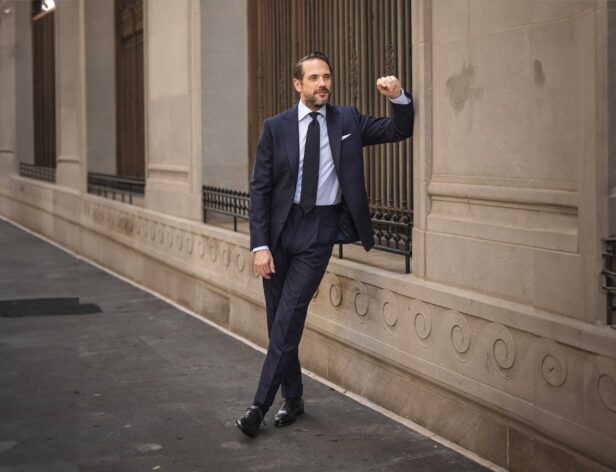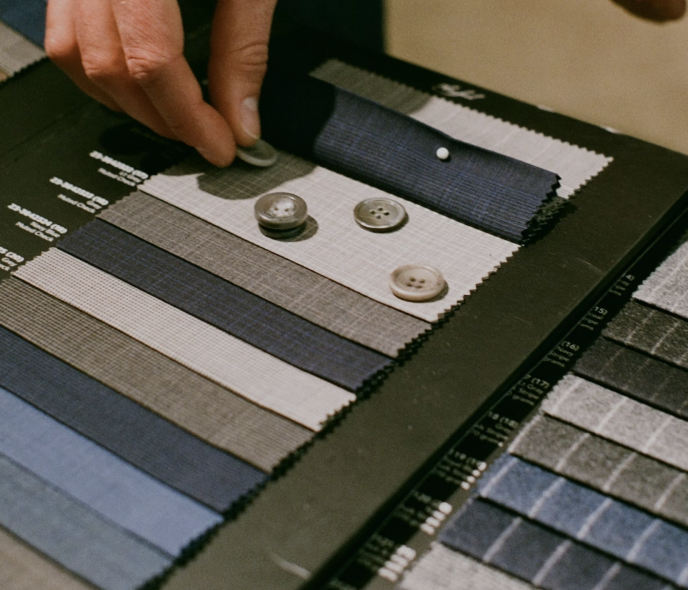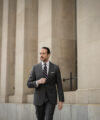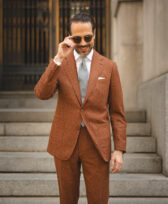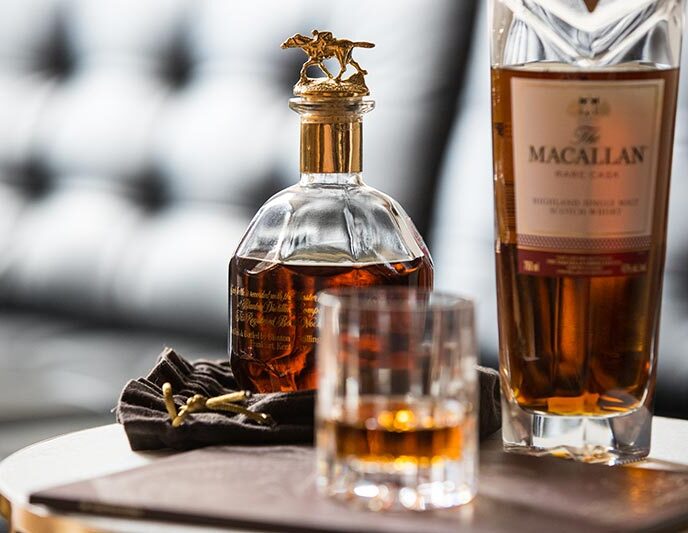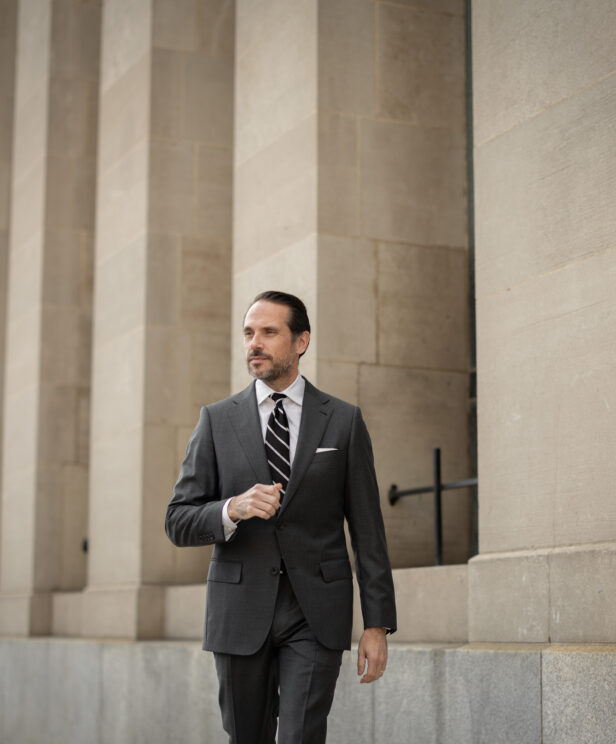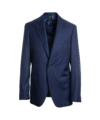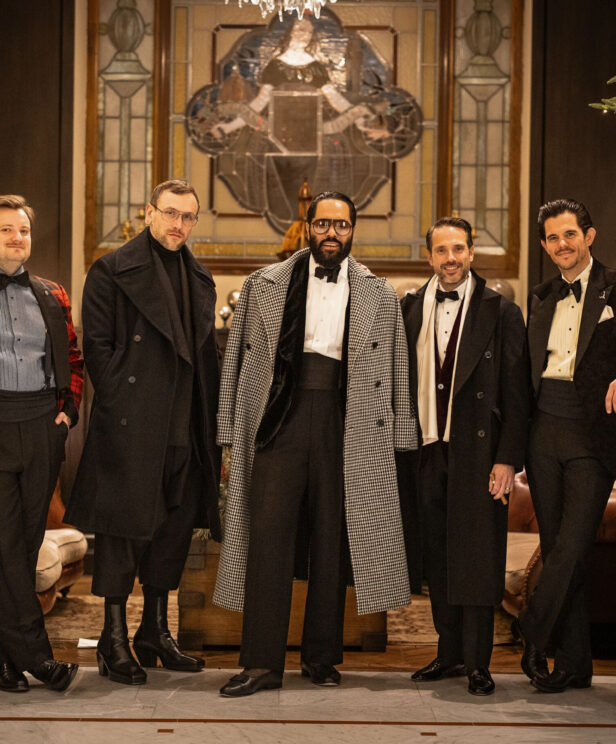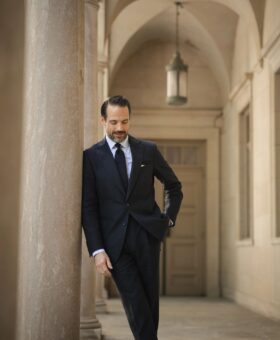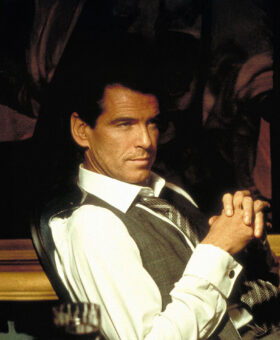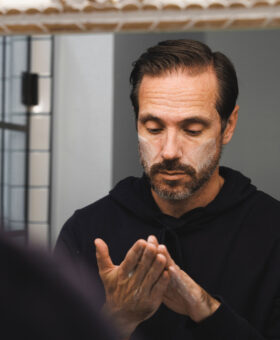
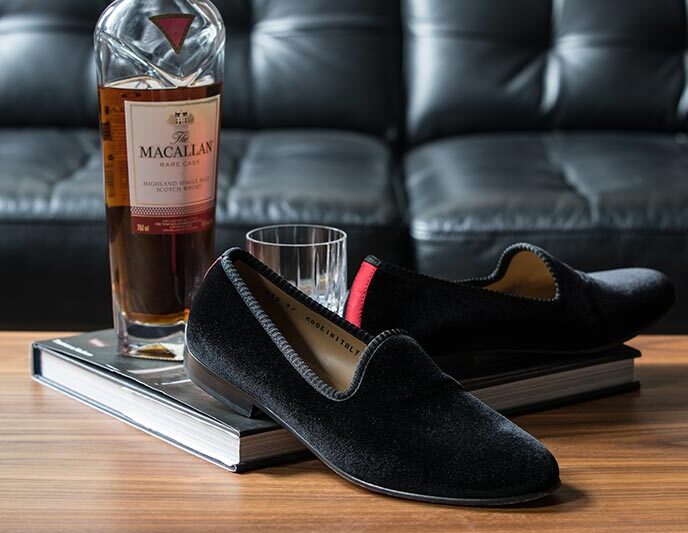
Share
A brief historical primer on one of the most stylish and refined types of footwear
One of the coolest results of the recent renaissance in menswear has been the shift of formal dressing from a chore to an opportunity. An opportunity to show off your best stuff, to exhibit your personal style and to really step up your game and have some fun! Though perhaps one of the best examples of this idea in practice is the velvet slipper.
In the most general of senses, velvet slippers has been around forever – pretty much as long as footwear and velvet have both existed. Most famously, the Pope has traditionally worn nothing on his feet but velvet slippers – his are a signature red velvet and, of course, extremely exclusive.
But when it comes to being worn by the general public – or at least the more sartorially-minded of the general public – the history of the velvet slipper begins a bit more recently.
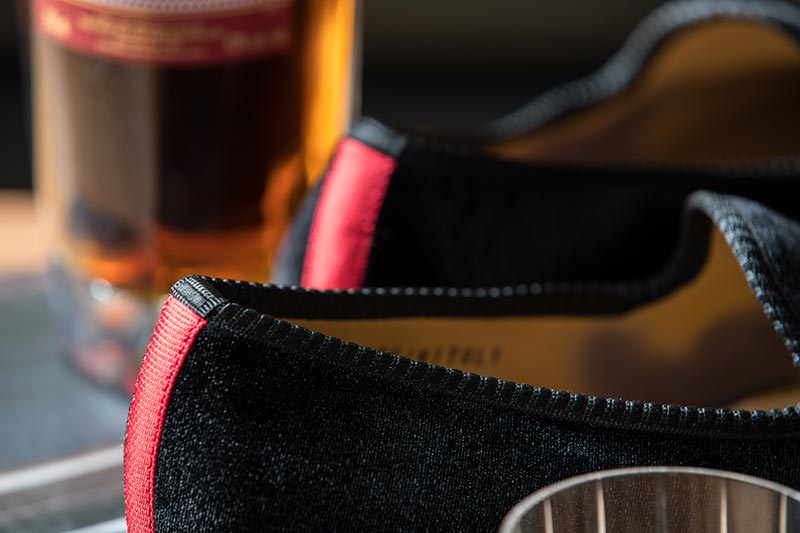
Velvet slippers first became a prominent style for the fashionable man the way that so many menswear pieces rise in popularity – by celebrity endorsement. In this case from Prince Albert, Prince Consort of the UK in the late-1800s.
Slippers were already a functional necessity as a more refined and comfortable indoor replacement for outdoor shoes. When roads were still gravel, tracking stones and dirt in from outside could do a number on a nice floor, so indoor slippers were widely used. Prince Albert took the simple design and added a new level of formality by introducing velvet uppers and luxe quilted linings.

Later, in the mid-1900s Hollywood elites picked up the practice as well, once again lending celebrity influence and encouraging the general public to do the same. These same celebs, like Clark Gable, also took to wearing velvet slippers outside of the home, notably as a black-tie appropriate footwear, where they replaced formal patent leather loafers.
Brands like Stubbs and Wootton and Del Toro Shoes have made velvet slippers their trademark offering, with both bespoke and ready-to-wear lines, but the style is now popular enough to be found in more all-purpose stores like Brooks Brothers, J.Crew and even H&M on occasion.

Now, the inherent flair of velvet footwear in general accounts for a lot of the panache of a velvet slipper, but the common practice of decorative embroidery is where things really get fun. While plain, unembellished slippers are far from uncommon, it’s become more and more popular to adorn the toe or vamp of a slipper.
Traditionally this embroidery depicted a family crest or coat of arms, but over time as these symbols have become a bit of a rarity, men have found other images to take their place. Inf fact, you can now find pretty much anything embroidered on a velvet slipper, from initials (a safe choice), to irreverent messages and graphics (a daring ‘F-You’ style move), to emojis (which we tend to caution against highly) and everything in between.
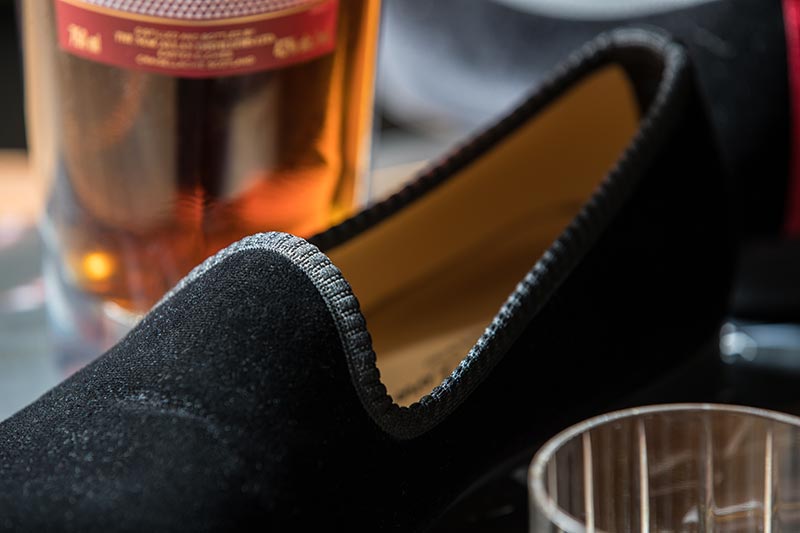
These days, velvet slippers are still most commonly worn in formal settings, but like so many pieces of men’s formalwear, a window has opened to incorporate the slipper into anything but the most casual of settings. Heck, I’ve seen stylish dudes rock a velvet slipper with a pair of dark jeans and a blazer, and look darn good doing it. It just takes confidence and commitment!
Thanks for reading.
Stylishly Yours,
Adam Lehman
He Spoke Style
Photography by Rob McIver Photo
